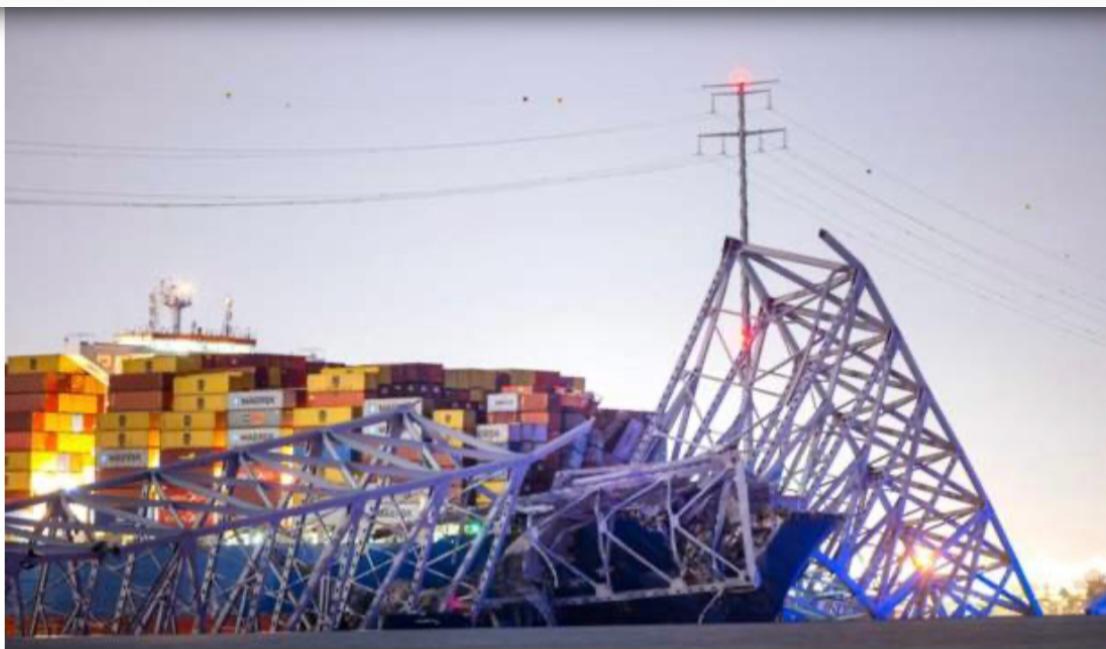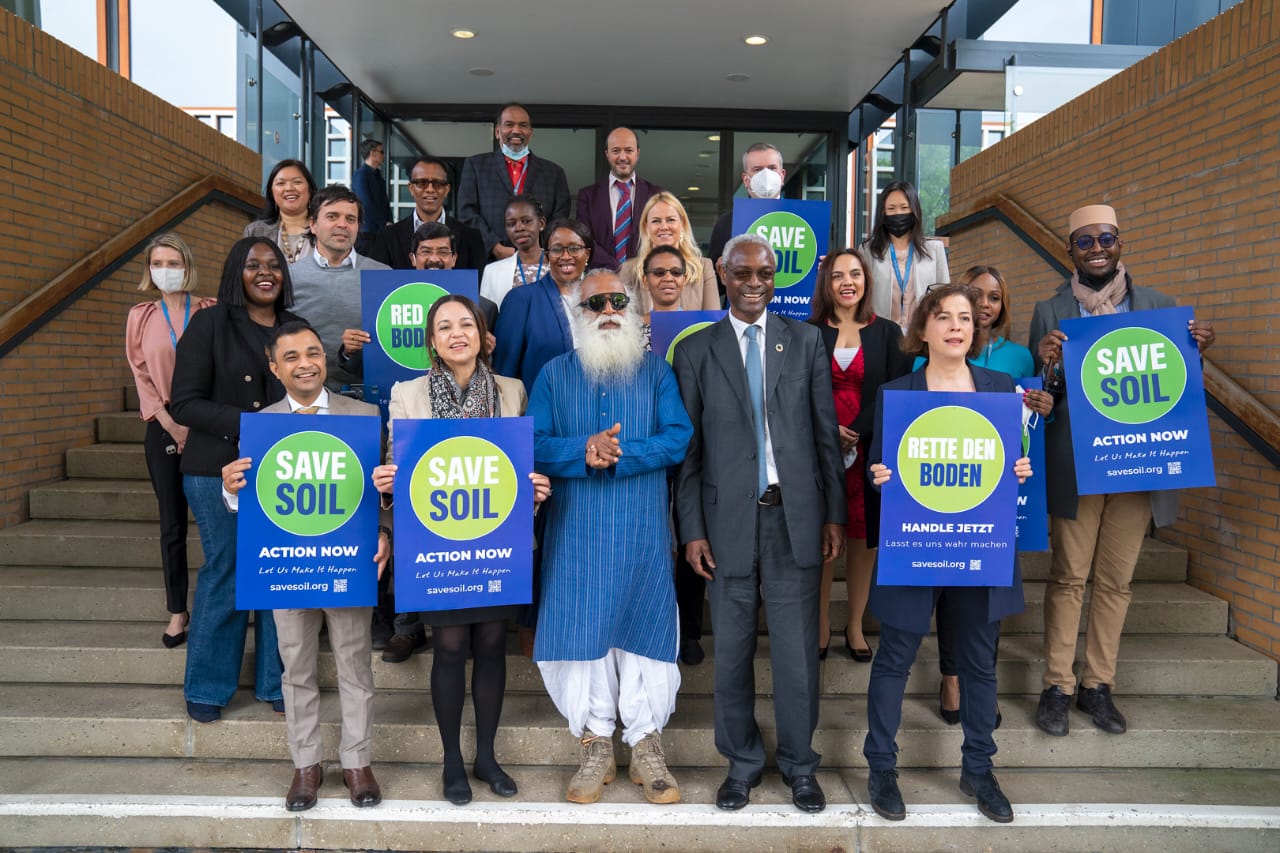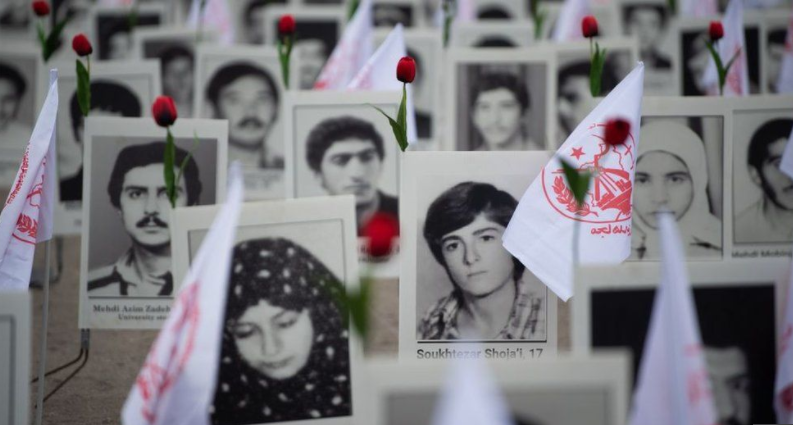Trending Now
- “I will soon make an announcement regarding a statewide tour across Tamil Nadu.” – O. Panneerselvam.
- Vatsala, Asia’s oldest elephant, has passed away at Panna Tiger Reserve; social activists mourn the death of this elephant, which lived for over 100 years.
- “The U.S. Govt earned ₹8 lakh crore this year through increased tariffs on foreign goods.” – U.S President Donald Trump.
- World No.1 Aryna Sabalenka has advanced to the semifinals in the Women’s Singles category at Wimbledon Tennis.
World News
Challenges before Modi government in Jaitley’s Union Budget 2018
![]() February 1, 2018
February 1, 2018
Union Finance Minister Arun Jaitley is slated to present Union Budget 2018 on Thursday. This budget assumes even more importance as it is the last full budget of the Narendra Modi government, before the next Lok Sabha elections, expected in 2019. While the government continues to enjoy a comfortable majority in Lok Sabha, one cannot dispute the fact that many of its economic decisions/reforms have raised many eyebrows in the past.
COMPLETE COVERAGE: UNION BUDGET 2018
The Economic Survey, tabled in Parliament on Monday, said that India is expected to regain the world’s fastest growing major economy tag by achieving a growth rate of 7-7.5 per cent in 2018-19. However, it doesn’t refute the various challenges that the government is facing in this budget.
Here’s a look at the top challenges for the Narendra Modi government this time:
Income tax:
Talking about indirect taxes, the Economic Survey said that following the advent of Goods and Services Tax (GST), there has been an increase of as much as 50 per cent. But what still remains a cause of worry for the government is direct tax collection.
According to reports, direct tax sums up to merely 35 per cent of the country’s total tax collection, whereas in Europe, direct tax accounts for 70 per cent of the overall tax collection. The government needs to find a solution to fix this gap. With the introduction of GST, the focus has turned completely to indirect tax collection, but there is no visible mean to fill the direct tax gap.
And it becomes a double-edged sword for the government as many are expecting that the government would finally raise the tax slab, which has been a promise of the Narendra Modi government. The salaried class in particular is expecting some relief.
Job creation:
One of the major challenges faced by the Narendra Modi government has been creation of employment opportunities. The opposition has also often targeted the government over lack of job creation under NDA’s tenure.
This sphere is directly proportional to the investment scenario in the country. With moves like Make in India and Start up India, the government has taken several steps to work in this regard, but they have failed to give desired results. The global backlash and advancement in field of technology have also proved to be deterrents in this regard.
Giving a boost to agriculture and infrastructure sectors might help the government in creating more job opportunities.
Growth rate:
In the recent past, the government has struggled with growth numbers. Following moves like demonetisation and implementation of GST, the opposition got a shot in the arm when the growth numbers did not turn out to be as expected by the government.
This is one area where the government needs to focus. Announcements made in the budget must be conducive to the target of the government to boost growth numbers. While the Economic Survey has said that the growth rate in 2018-19 would be between 7-7.5 per cent, it has also cautioned that Gross Value Added (GVA) at constant basic prices is expected to grow at the rate of 6.1 percent in 2017-18 as compared to 6.6 percent in 2016-17.
Agriculture:
Both politically and economically, this remains a grey area for the Narendra Modi government. Not just opposition, but veteran members of the BJP like Yashwant Sinha have pointed to the attention needed in this sector. They have even alleged that the government has chosen to simply ignore farmers and agriculture sector.
According to reports, the agriculture sector is expected to grow at only 2.1 per cent. Notably, almost half of country’s population thrive on this sector. Despite normal monsoon for two years, the growth in the area has been sluggish, and the political impact of it has also been witnessed in last few elections. For instance, the BJP faced a tough time in rural areas of Gujarat during the Assembly elections. This is one area, which actually might decide the fate of the government in future.
























